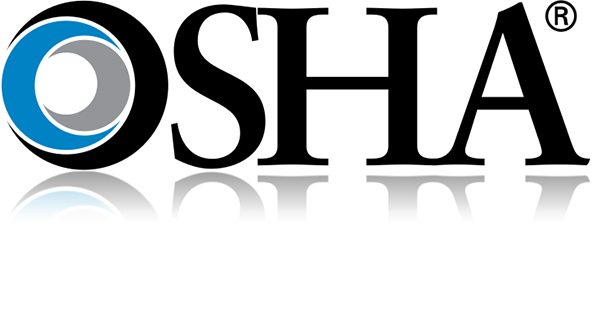Earlier this month, OSHA published a final rule for handling whistleblower retaliation complaints under the Sarbanes-Oxley Act. This final rule establishes timeframes for the handling of retaliation complaints, and also establishes procedures for employee complaints, investigations, and appeals. The rule comes after a comment period that ran from November 2011 to January of 2012. The language of the announcement makes clear that OSHA remains concerned that employers are discouraging workers from reporting inappropriate workplace practices.
“Silencing workers who try to do the right thing is unacceptable,” said Dr. David Michaels, Assistant Secretary of Occupational Safety and Health, in a prepared message. “This final rule safeguards investors by protecting whistleblowers who shine a light on illegal or fraudulent conduct that otherwise may go uncorrected.”
Employee whistleblowing is regarded as one of the key events that can trigger an OSHA inspection. While OSHA has never come out and confirmed this directly, as recently as September 2014 Dr. David Michaels delivered remarks seeming to indicate that an OSHA inspection is automatic when a whistleblowing infraction comes to their attention.
The Sarbanes-Oxley Act — upon which, the new OSHA final rule is based — was passed in 2002 and is designed to protect American employees who report fraud and violations of Security Exchange Commission rules. Under this final rule, OSHA will be enforcing the whistleblower retaliation provisions of the Sarbanes-Oxley Act, and also 21 other statues that protect employees who report violations.
As recent actions make clear, OSHA is looking to take whistleblower protection seriously.
Just a few days ago, OSHA announced that it is suing a New York hair salon for firing an employee who sought to make fellow workers aware of the health hazards associated with styling products used at the salon which contained formaldehyde. After experiencing distress requiring medical condition related to formaldehyde exposure, the worker shared an OSHA formaldehyde fact sheet with her co-workers. She was then terminated, and subsequently filed a whistleblower complaint with OSHA. After receiving the complaint, OSHA conducted an inspection of the hair salon, and cited the employer for lack of a hazcom program, and for failing to provide employee training and required employee access to information about onsite chemicals (i.e. SDSs).
This is an example of OSHA taking action against a small business, but it also regularly seeks to enforce whistleblower redress against larger corporations and industries, sometimes repeatedly.
For example, in 2012 and 2013, OSHA ordered Norfolk Southern Railway Co. to pay about $1 million on three separate occasions when it found that workers had been wrongfully terminated for reporting workplace injuries.
Even the federal government is not beyond OSHA’s ken in this matter. In February of this year, the U.S. Postal Service was ordered to pay nearly $230,000 to a single employee who, OSHA ruled, had unfairly faced whistleblower retaliation.
Employers who face a whistleblower event at their facility should always take the matter seriously. It’s increasingly clear that OSHA will. Protecting workers and staying compliant will require diligence, but a good understanding of OSHA’s approach and expectations can be the first step to avoiding a citation. You can read the entirety of OSHA’s new final rule in the Federal Register here.







